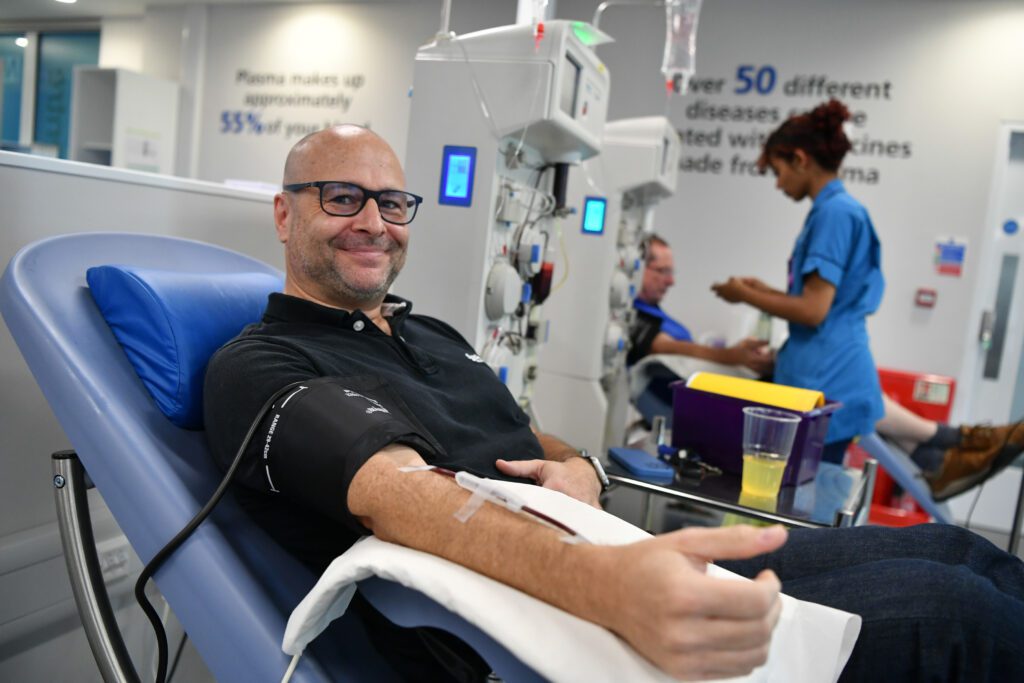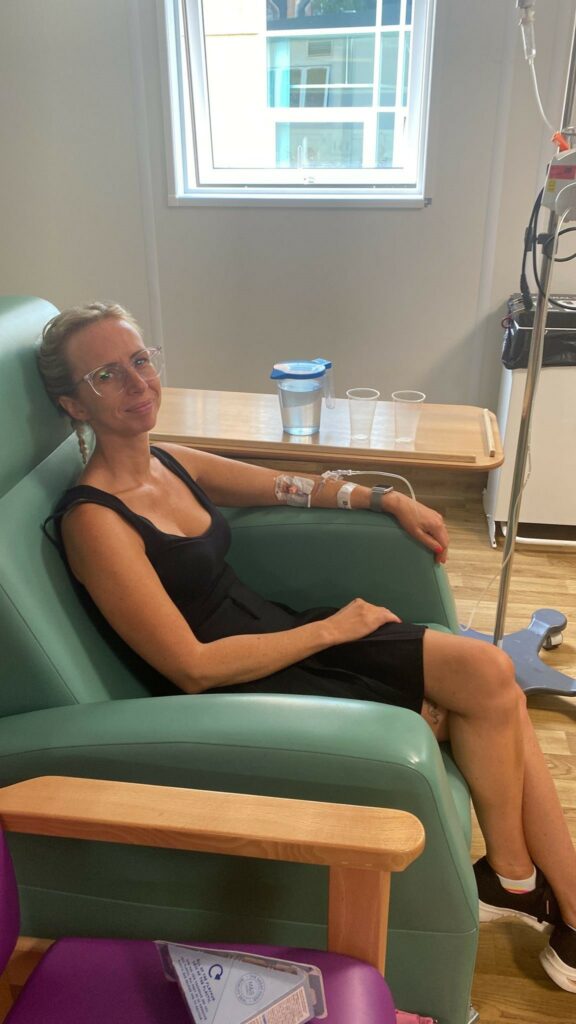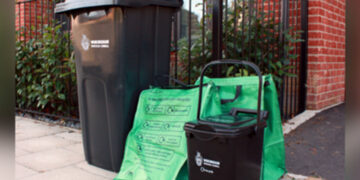THE NATIONAL Health Service has announced it is facing “significant challenges” in recruiting new plasma donors in Reading.
The NHS says that around double the current number of donors to help secure supply chains and reduce reliance on imported medicines for life-saving treatments.
There are currently around 2,400 donors at the blood plasma donation centre in Reading–one of only three in England–but healthcare providers say that 2,300 more are needed over the next year.
This month NHS Blood and Transplant is running a campaign to publicise the message that many people may not realise they are eligible to donate.
The All Types Can Save Lives campaign explains that while research conducted by NHSBT shows most people are willing to donate plasma, many are unaware of their eligibility status.
Seven in 10 of those who visit the donation centre in Twickenham, it explained, are able to donate, however.
Plasma is used to make lifesaving medicines which can treat more than 50 diseases, and there are only three plasma donation centres in England.
A visit to the centre takes an hour in total, including only 35 minutes of the plasma donation process, and donation is open to those aged 17-65.
The process is similar to blood donation, except in that the blood is run through a device which separates plasma from the donor’s blood, which is then returned to the donor and the removed plasma stored for use.
Plasma is rich in antibodies which are used to create medicines such as immunoglobulin, which can be used to treat around 50 different conditions.
Most of the conditions centre on immunodeficiencies, such as multifocal motor neuropathy and auto-immune encephalitis.
In 2021/2022, 525 people from the Thames Valley area were treated with medicine created using plasma.

Shannon Thomas, nursing leader at Reading Plasma Donor Centre, said: “Many people don’t realise that they could donate but our amazing donors come from all walks of life.
“If you’re aged 17-65, fit and healthy, regardless of your blood type you could become a lifesaving plasma donor.
“Most people can donate plasma, and it feels great to provide life-saving medicines.”
Dr Naim Akhtar, consultant haematologist and Lead in Donor Medicine, said: “You have a medicine in you which helps babies’ hearts, adds antibodies, improves the immune system, prevents paralysis–it’s amazing, life-saving plasma.
“If you’re not sure if you can donate, check out our website and book your appointment today–most people who come to their first appointment can donate.”
Reading resident Emma Stone is among those supporting the campaign following her treatment for chronic inflammatory demyelinating polyneuropathy (CIPD).
The condition means that Ms Stone’s immune system was attacking the nerves sending signals to her muscles and required her to use a wheelchair often.

As CIPD is progressive, those with the condition can suffer permanent loss of mobility in their arms and legs.
As such, it’s important that the condition is caught early and treated with immunoglobulin, which Ms Stone still undergoes regularly following her diagnosis in January 2022.
Speaking about the necessity for the treatment, she said: “It was scary and it was very traumatic for my children to see.
“The treatment has given my kids their mum back again– within about four weeks it had made a huge difference and I could move almost normally again.
“Plasma donation treats lots of diseases and for me specifically, without people donating plasma, I dread to think where I would be; I could be paralysed from the neck down.”
Reading plasma donor centre is located in Kennett Place, Kings Road, Reading.
It underwent a refurbishment earlier this year which saw it fitted with updated facilities, including new chairs and screening booths.
More informational about donation and how to donate are available via: blood.co.uk/plasma












































